Related Research Articles
John Rattenbury Skeaping, RA was an English sculptor and equine painter and sculptor. He designed animal figures for Wedgwood, and his life-size statue of Secretariat is exhibited at the National Museum of Racing and Hall of Fame.

Glasgow Green is a park in the east end of Glasgow, Scotland, on the north bank of the River Clyde. Established in the 15th century, it is the oldest park in the city. It connects to the south via the St Andrew's Suspension Bridge.
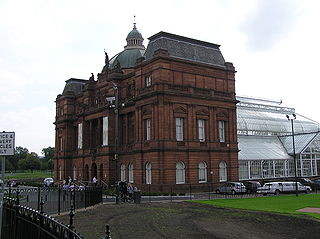
The People's Palace and Winter Gardens in Glasgow, Scotland, is a museum and glasshouse situated in Glasgow Green, and was opened on 22 January 1898 by The 5th Earl of Rosebery.
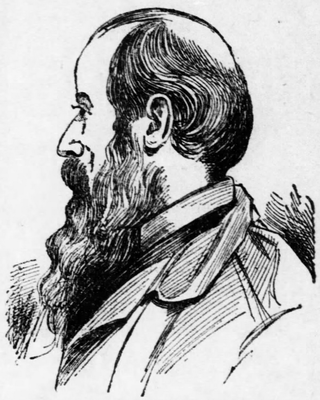
George Tinworth was an English ceramic artist who worked for the Doulton factory at Lambeth from 1867 until his death.
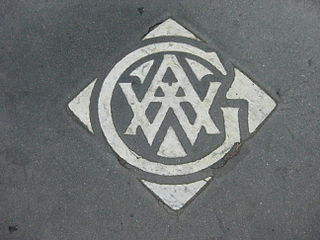
The Art Workers' Guild is an organisation established in 1884 by a group of British painters, sculptors, architects, and designers associated with the ideas of William Morris and the Arts and Crafts movement. The guild promoted the 'unity of all the arts', denying the distinction between fine and applied art. It opposed the professionalisation of architecture – which was promoted by the Royal Institute of British Architects at this time – in the belief that this would inhibit design. In his 1998 book, Introduction to Victorian Style, University of Brighton's David Crowley stated the guild was "the conscientious core of the Arts and Crafts Movement".
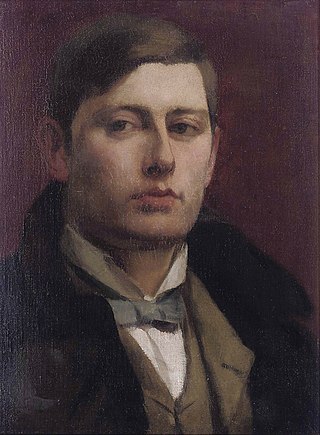
Sir George James Frampton, was a British sculptor. He was a leading member of the New Sculpture movement in his early career when he created sculptures with elements of Art Nouveau and Symbolism, often combining different materials such as marble and bronze in a single piece. While his later works were more traditional in style, Frampton had a prolific career in which he created many notable public monuments, including several statues of Queen Victoria and later, after World War I, a number of war memorials. These included the Edith Cavell Memorial in London, which, along with the Peter Pan statue in Kensington Gardens are possibly Frampton's best known works.

Arthur Beresford Pite was a British architect known for creating Edwardian buildings in Baroque Revival, Byzantine Revival and Greek Revival styles.

Alfred Adrian Jones was an English sculptor and painter who specialized in depicting animals, particularly horses. Before becoming a full-time artist he was an army veterinary surgeon for twenty-three years. On retirement from the Army, Jones established himself as an artist with a studio in London. He became a regular exhibitor at the Royal Academy and in commercial galleries from 1884 onwards. His training as a veterinary surgeon gave him a deep knowledge of equine anatomy which he used in his work to great effect. He created the sculpture Peace descending on the Quadriga of War, on top of the Wellington Arch at Hyde Park Corner in London. Following both the Boer War and World War I, Jones created a number of notable war memorials including the Royal Marines Memorial and the Cavalry of the Empire Memorial, both in central London. Alongside the public monuments he created, Jones made equestrian and equine statuettes and portrait busts. Whilst well known as a sculptor, Jones was also an accomplished painter.
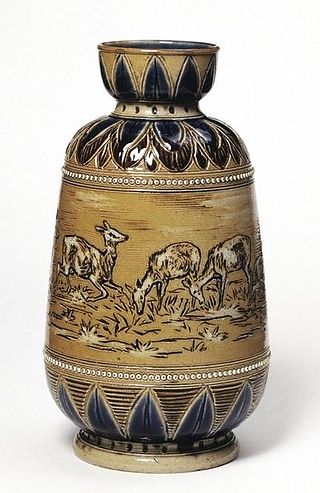
Royal Doulton is an English ceramic and home accessories manufacturer that was founded in 1815. Operating originally in Vauxhall, London, and later moving to Lambeth, in 1882 it opened a factory in Burslem, Stoke-on-Trent, in the centre of English pottery. From the start, the backbone of the business was a wide range of utilitarian wares, mostly stonewares, including storage jars, tankards and the like, and later extending to drain pipes, lavatories, water filters, electrical porcelain and other technical ceramics. From 1853 to 1901, its wares were marked Doulton & Co., then from 1901, when a royal warrant was given, Royal Doulton.

Frederick William Pomeroy was a prolific British sculptor of architectural and monumental works. He became a leading sculptor in the New Sculpture movement, a group distinguished by a stylistic turn towards naturalism and for their works of architectural sculpture. Pomeroy had several significant public works in London and elsewhere in the United Kingdom, notably in Belfast. His work in London includes the figure of Lady Justice (1905–1906) on the dome of the Old Bailey.
Arthur John Dooley was an English artist and sculptor.
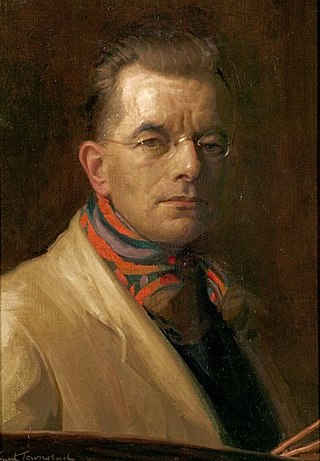
Ernest Townsend was a British portraitist from Derby.

Art pottery is a term for pottery with artistic aspirations, made in relatively small quantities, mostly between about 1870 and 1930. Typically, sets of the usual tableware items are excluded from the term; instead the objects produced are mostly decorative vessels such as vases, jugs, bowls and the like which are sold singly. The term originated in the later 19th century, and is usually used only for pottery produced from that period onwards. It tends to be used for ceramics produced in factory conditions, but in relatively small quantities, using skilled workers, with at the least close supervision by a designer or some sort of artistic director. Studio pottery is a step up, supposed to be produced in even smaller quantities, with the hands-on participation of an artist-potter, who often performs all or most of the production stages. But the use of both terms can be elastic. Ceramic art is often a much wider term, covering all pottery that comes within the scope of art history, but "ceramic artist" is often used for hands-on artist potters in studio pottery.

Founded in 1854 as the Lambeth School of Art, the City and Guilds of London Art School is a small specialist art college located in central London, England. Originally founded as a government art school, it is now an independent, not-for-profit charity, and is one of the country's longest established art schools. It offers courses ranging from art and design Foundation, through to BA (Hons) undergraduate degrees and MA postgraduate courses in fine art, carving, conservation, and art histories. In addition, it offers the only undergraduate and postgraduate degrees in Britain in stone and wood carving: historic architectural stone and ornamental woodcarving and gilding.
Gilbert William Bayes was an English sculptor. His art works varied in scale from medals to large architectural clocks, monuments and equestrian statues and he was also a designer of some note, creating chess pieces, mirrors and cabinets.
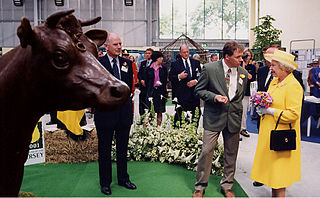
John McKenna is a Scottish sculptor born in Manchester. He is based in Turnberry, South Ayrshire, Scotland.
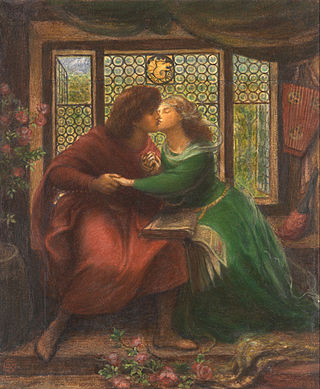
Leicester Galleries was an art gallery located in London from 1902 to 1977 that held exhibitions of modern British, French and international artists' works. Its name was acquired in 1984 by Peter Nahum, who operates "Peter Nahum at the Leicester Galleries" in Mayfair.
William Kellock Brown was a Scottish sculptor prominent in late Victorian Glasgow, with many public works. His brother was the landscape artist Alexander Kellock Brown. He exhibited at the Royal Academy and Royal Scottish Academy. His sculptures are frequently simply initialled WKB. He was commissioned to create several Scottish war memorials in the early 1920s. He received an important commission from Glasgow Corporation in 1905–06, adding ornament to several public libraries in the city.
Beatrice Angle (1859–1915) was a British sculptor who worked in terracotta and bronze.

Pedimental sculpture is a form of architectural sculpture designed for installation in the tympanum, the space enclosed by the architectural element called the pediment. Originally a feature of Ancient Greek architecture, pedimental sculpture started as a means to decorate a pediment in its simplest form: a low triangle, like a gable, above an horizontal base or entablature. However, as classical architecture developed from the basis of Ancient Greek and Roman architecture, the varieties of pedimental sculpture also developed. The sculpture can be either freestanding or relief sculpture, in which case it is attached to the back wall of the pediment. Harris in The Illustrated Dictionary of Historic Architecture defines pediment as "In classical architecture, the triangular gable end of the roof above the horizontal cornice, often filled with sculpture." Pediments can also be used to crown doors or windows.
References
- ↑ "Pearce, Arthur Ernest". Artist Biographies. Retrieved 2 January 2022.
- ↑ "Royal Doulton History". Doulton Figures. Retrieved 2 January 2022.
- ↑ Nisbet, Gary. "Arthur Ernest Pearce". Glasgow City of Sculpture. Retrieved 2 January 2022.
- ↑ "Pearce, Arthur Ernest, 1859–1934 | Art UK". artuk.org. Retrieved 2 January 2022.
- ↑ "Arthur Edward Pearce" . Retrieved 2 January 2022.